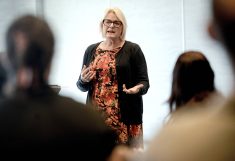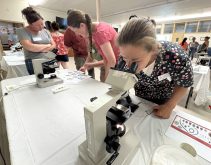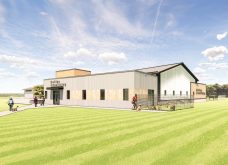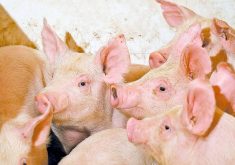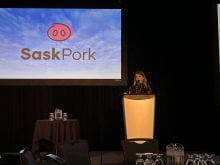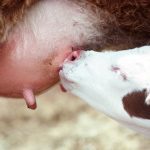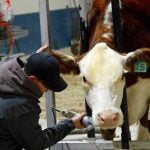Housing pre-weaned dairy calves in pairs has been increasing in popularity in the U.S. and Canada in recent years, and with good reason – research and on-farm evidence shows that it can result in better growth rates and increased welfare at weaning.
For decades the tradition has been to house calves individually in the pre-weaning stage, as its thought to reduce disease risk and allows attendants to have easy access and make observations, improving calf care.
However, although calves in individual housing normally have visual and auditory contact with other calves, lack of direct access to each other doesn’t allow for socialization. This socialization is what researchers believe is what can lead to better growth and welfare outcomes for calves housed in pairs versus those housed individually in the period before weaning.
Read Also
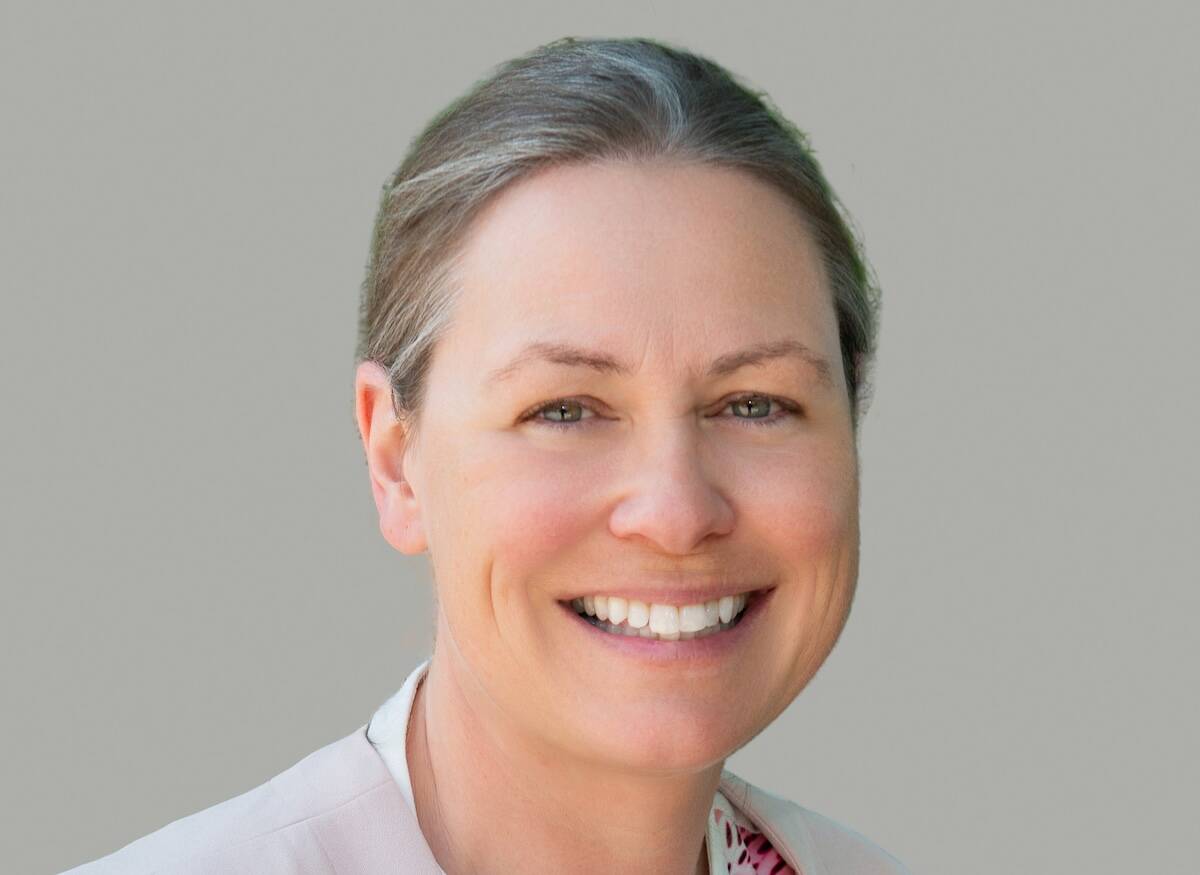
Jennifer Hayes appointed for second term as the Chairperson of the Canadian Dairy Commission
Jennifer Hayes has been re-appointed as Chairperson of the Canadian Dairy Commission by Heath MacDonald, Minister of Agriculture and Agri-Food.
Why it matters
Calves are the future of the dairy herd and their early health is critical to profitability.
But do these advantages continue post-weaning? That is the question that researchers with the Department of Veterinary Population Medicine at the University of Minnesota wanted to answer in a recently published study in the Journal of Dairy Science, and in a yet-to-be-published study completed late last year.
Like many similar studies, this study showed that paired calves had a better average daily gain (ADG) which led to higher weaning weights than individually housed calves, said lead researcher Dr. Whitney Knauer in a recent podcast with the American Association of Bovine Practitioners. She explained the reason for this is that paired calves likely learn feeding behaviour from each other, and tend to eat more starter ration than calves do on their own.
Health outcomes (such as incidences of scouring) were found to be similar amongst the two test groups, but paired calves were found to vocalize less, lay down more, and have lower cortisol levels than individually-housed calves, which are all important indicators of stress.
In the unpublished study, the decrease in vocalizing, increase in lying down and growth advantage was also seen post-weaning (after 50 days of age). “This is important because calves face a lot of stresses at weaning, due to (likely) being moved into a new environment,” she said. Being able to socially cope when moved into group housing aids in the transition and makes management simpler.
“I think that the big take home with pair housing, is that we’re really setting these calves up to succeed at weaning,” she said.
Interestingly, Knauer notes that housing calves together rather than separately can also help with public perception of dairy farming. She cites a University of Wisconsin survey where attendees at the State Fair were asked which is more preferable – a calf in an individual hutch, or a group of calves housed together – and the majority preferred the calves in a group.
The next step in her research efforts is to study the effects of pair housing on a commercial dairy farm, which began last month and will continue through the summer.
Knauer said although her studies and others have shown growth and welfare benefits, small groups of calves have been used, and studies have been conducted within a university setting, which isn’t necessarily indicative of what could happen on a large farm. Having a large group to study (several groups of 600 calves or more) will also help her team dig deeper into the causes of behavioural, health, and feeding parameters.
She said nearly 15 per cent of the U.S. dairy herd currently uses some form of group housing for pre-weaned calves, and that it’s easy to implement or set up a trial on most farms without a significant financial investment or increase in space requirements. She recommends that each calf have its own hutch, and the square footage should be doubled (for pairs) or tripled (if putting three calves together), as well as its own grain and water bucket. Calves can be paired at birth, but she recommends no more than a seven-day age difference in calf age.




